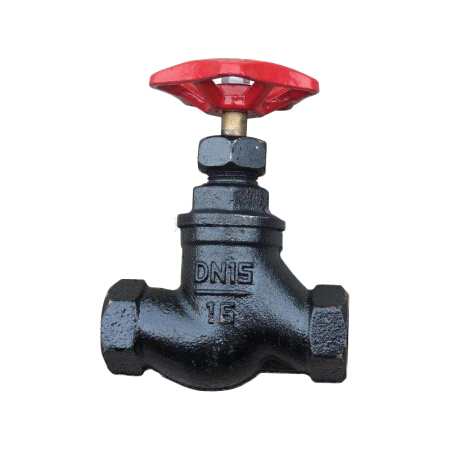butterfly valve flow control
Butterfly Valve Flow Control An Overview
Butterfly valves are widely utilized in various industries due to their simple design, robust functionality, and cost-effectiveness. These valves are essential components in controlling the flow of fluids through pipelines, making them indispensable in sectors such as water treatment, oil and gas, chemical processing, and HVAC systems. This article explores the mechanics of butterfly valves, their advantages, and considerations for effective flow control.
Design and Mechanics
Butterfly valves consist of a circular disc or vane that rotates around a central axis to regulate flow. When the valve is in the closed position, the disc is perpendicular to the flow direction, effectively blocking it. By rotating the disc to a different angle, the valve can control the volume of fluid passing through. The compact design of butterfly valves allows them to fit easily into tight spaces, making them ideal for applications where space is limited.
The operation of a butterfly valve can be manual, pneumatic, electric, or hydraulic, depending on the specific requirements of the application. In manual systems, a lever or handle is used to turn the valve, while automated systems utilize actuators for more precise control and integration into larger systems.
Advantages of Butterfly Valves
1. Space Efficiency Butterfly valves are smaller and lighter than many other types of valves. This compactness can save valuable space in pipelines and installations, reducing the overall cost and complexity of system designs.
2. Quick Operation The design of butterfly valves allows for rapid opening and closing, facilitating quick adjustments to flow rates. This feature is particularly beneficial in emergency situations where rapid response is critical.
3. Cost-Effective Due to their straightforward design and the materials used in their construction, butterfly valves are generally more affordable than other valves like gate or globe valves. Their lower manufacturing cost and ease of installation contribute to significant savings in project budgets.
4. Versatility Butterfly valves can handle a wide range of fluids, including gases, liquids, and slurries, making them suitable for diverse applications. They can also be used in both on-off and throttling applications, providing versatile flow control options.
butterfly valve flow control

5. Reduced Pressure Drop Because of their low-profile design, butterfly valves typically introduce less resistance to flow compared to other valves. This characteristic results in lower pressure drops, leading to improved energy efficiency in pumping systems.
Considerations for Flow Control
While butterfly valves offer numerous advantages, there are several factors to consider when implementing them for flow control
1. Selection of Valve Type Different types of butterfly valves (such as wafer, lug, and concentric) are designed for specific applications. Factors such as pressure, temperature, and fluid characteristics should be evaluated to determine the most suitable valve type.
2. Sizing and Flow Rate Correctly sizing the valve for the intended flow rate is crucial. An improperly sized valve can lead to inadequate flow control, increased wear and tear, and potential damage to the plumbing system.
3. Seal Material and Design The choice of seal material is vital for ensuring leak-free operation, especially in high-pressure or corrosive environments. The design of the seal can significantly impact the valve’s performance and longevity.
4. Actuator Selection For automated systems, selecting the right actuator is essential for achieving the desired flow control. Factors such as response time, torque, and power supply must be considered when choosing an actuator for a butterfly valve.
5. Regular Maintenance Routine inspections and maintenance are necessary to ensure the long-term reliability and performance of butterfly valves. Regular checks can prevent issues such as leaks, corrosion, and mechanical failure.
Conclusion
In conclusion, butterfly valves are a fundamental component in flow control applications across various industries. Their efficient design, coupled with advantages such as quick operation, cost-effectiveness, and space-saving attributes, makes them a popular choice for many engineers and operators. By understanding their mechanics and considering factors like selection, sizing, and maintenance, users can ensure optimal performance and reliability of these critical devices in fluid management systems.
-
Breakthrough in Domestic Low Temperature Valve Technology in ChinaNewsAug.18,2025
-
From Machinery to Intelligent Brain: The Digital Transformation Wave of the Valve IndustryNewsAug.18,2025
-
PCVEXPO 2025NewsAug.18,2025
-
The Key to Fluid Control: Exploring the Advantages of Ball Valves in Industrial SystemsNewsJul.09,2025
-
The Versatile World of 1, 2, and 3 Piece Ball ValvesNewsJul.09,2025
-
Stainless Steel Ball Valves: The Ideal Choice for Efficient Flow ControlNewsJul.09,2025
-
Optimizing Fluid Control with Ball Float ValvesNewsJul.09,2025




